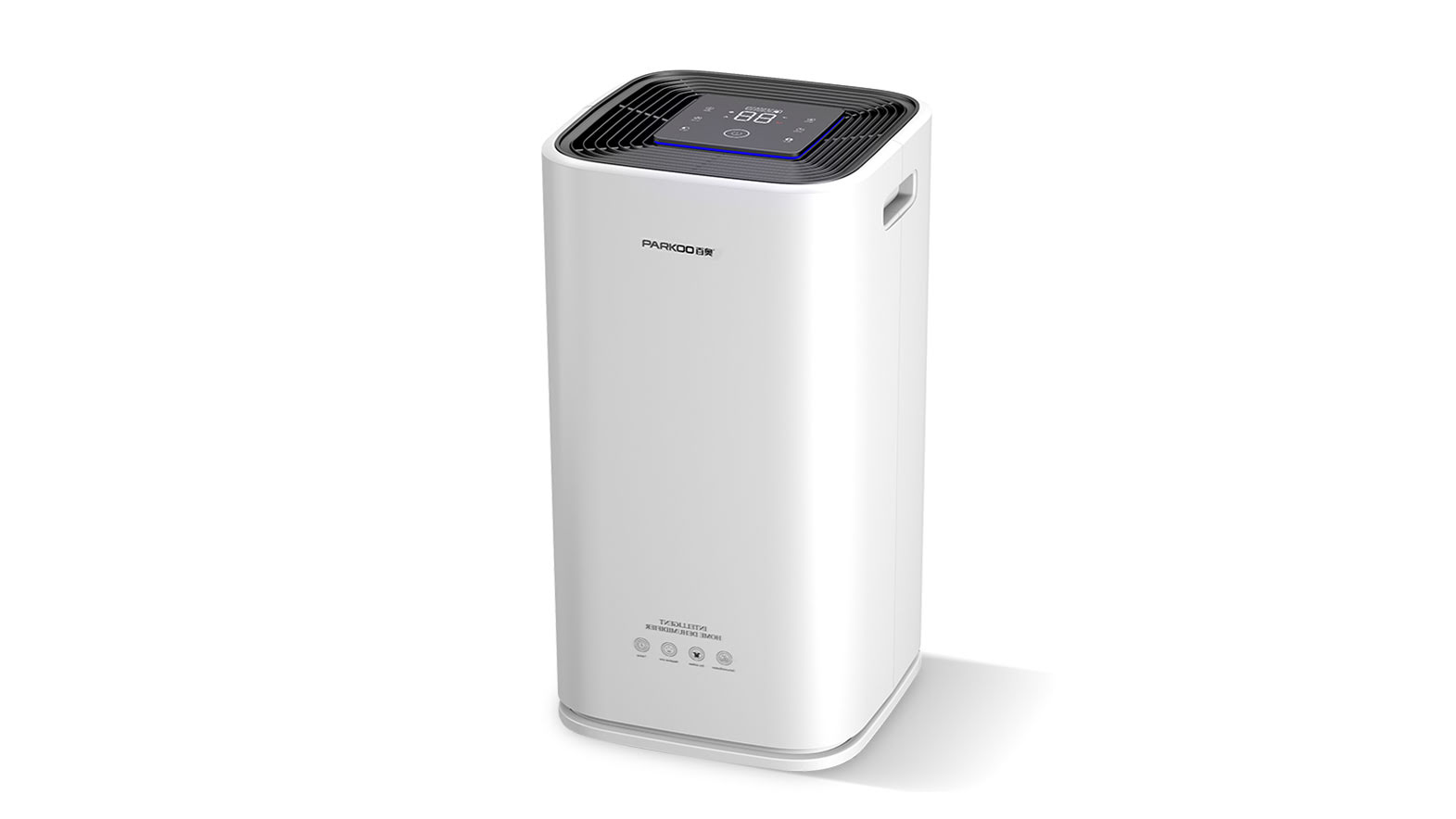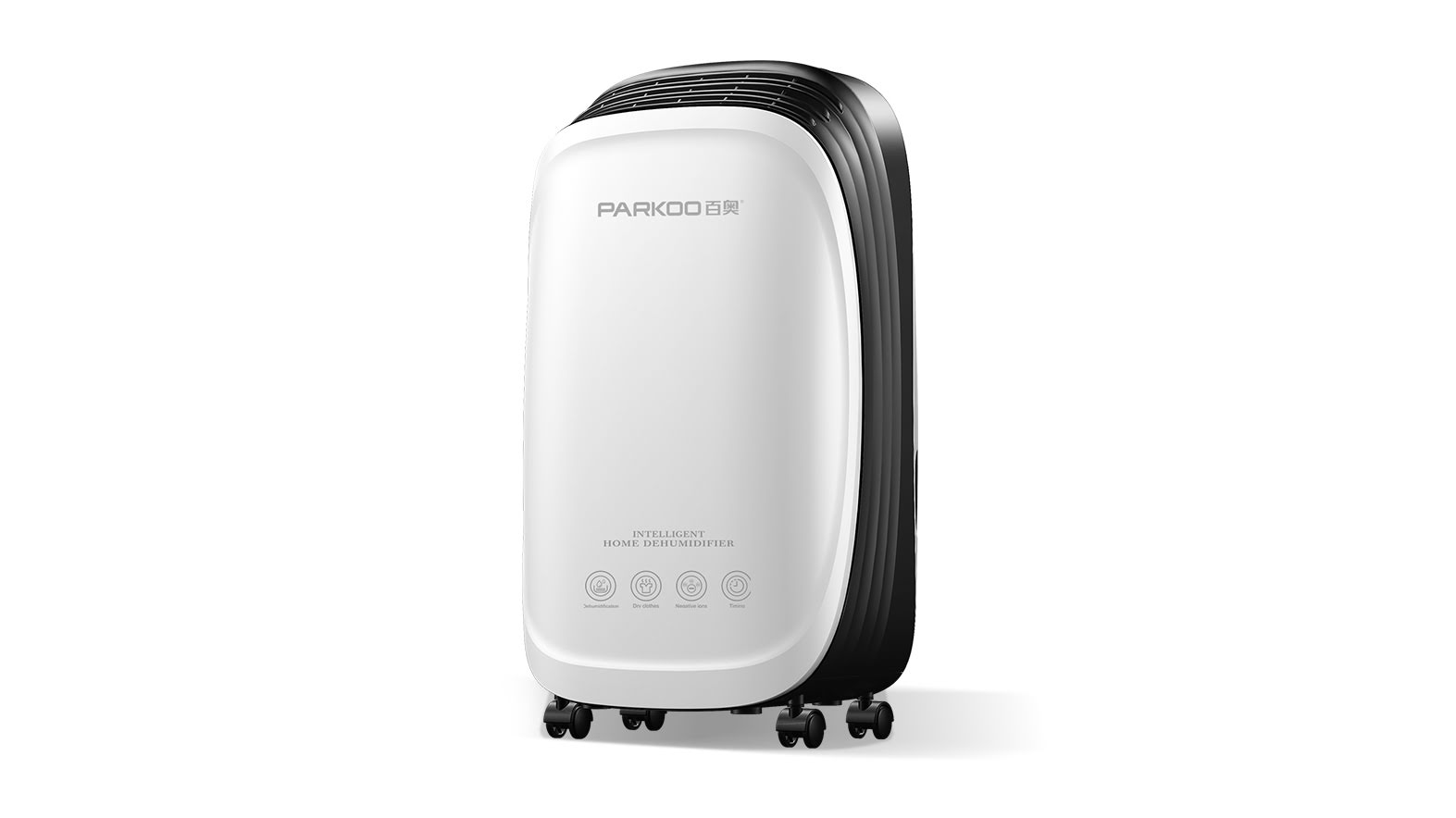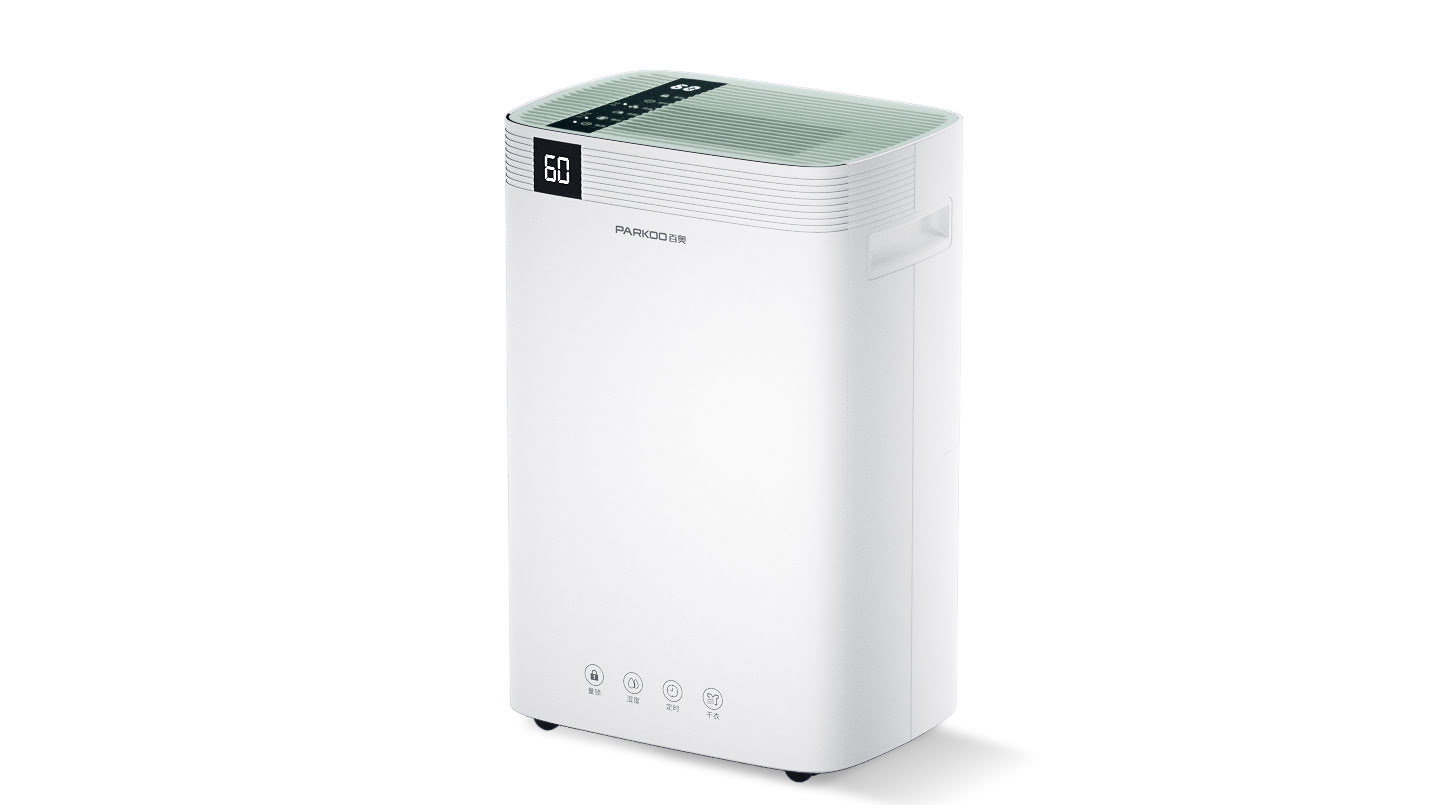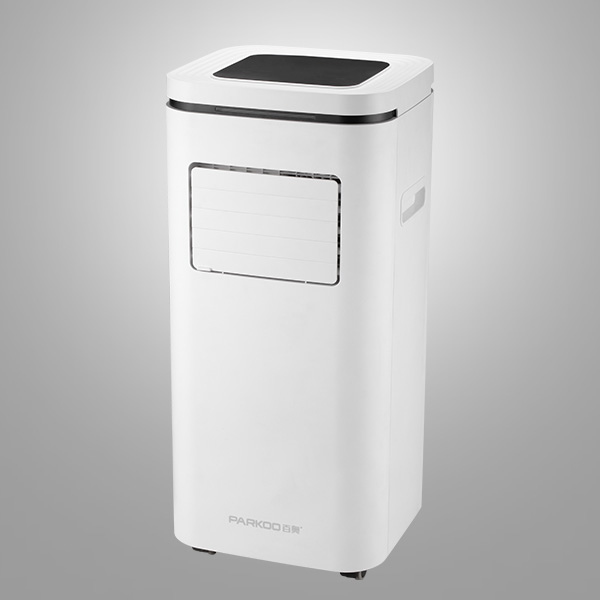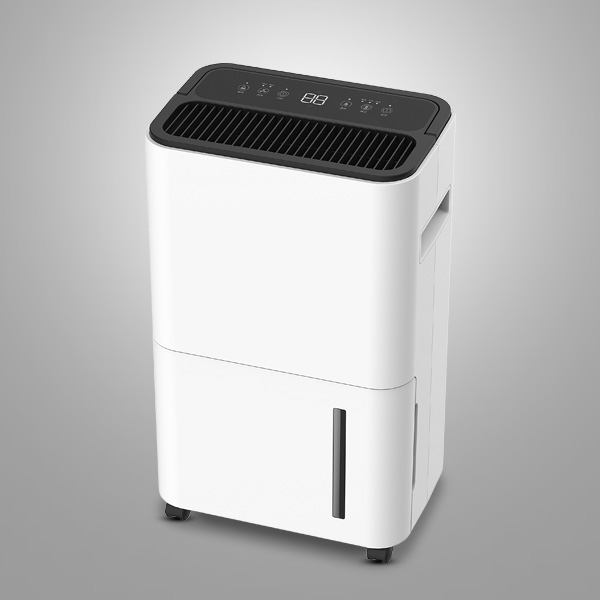Maintaining 40-60% relative humidity in the indoor environment can prevent our skin from drying and subsequent harmful effects
Low humidity can absorb moisture from the top layer of our skin, making it dry. The results vary from slight roughness to peeling or even skin cracking. Irritating dry skin can become itchy, which can...
Low humidity can absorb moisture from the top layer of our skin, making it dry. The results vary from slight roughness to peeling or even skin cracking. Irritating dry skin can become itchy, which can lead to injury or bleeding through continuous destructive scraping Usually in winter, when indoor humidity drops, the skin becomes dry. Due to the low moisture content of the external cold air, it enters the building and is heated, resulting in a relative humidity drop below 40% RH. Dry and cracked skin loses its protective physical barrier function. Microorganisms, allergens, and harmful chemicals can penetrate cracks, causing infections, allergic and toxic skin diseases The heating season is the peak season for most skin diseases. Drying increases the sensitivity of the skin to various injuries caused by air and direct radiation
Related
Random reading
- Influence of paper with static electricity on printi...
- How to use humidifiers reasonably and healthily- Wha...
- Rotary dehumidifier for milk powder filling workshop...
- Guide for swimming pool Dehumidifier
- Fruit Danpi Drying Equipment, Hawthorn Roll Fruit Da...
- Appreciation of Root System of Aerosol Cultivated P...
- 8 ways to protect oneself during haze
- To what extent should wood be dried-
- Which dehumidifier is better for home use- Intellige...
- Working principle of Dehumidifier
- Drying Techniques are Important for the Reddish Shus...
- Edible fungus humidifier can make every mushroom wet
- Electric disinfector for breeding farm, portable and...
- How to reduce the humidity of data center and Server...
- Industrial dehumidifiers ensure accurate instrument ...
- Drying technology of golden jujube, jujube drying de...
